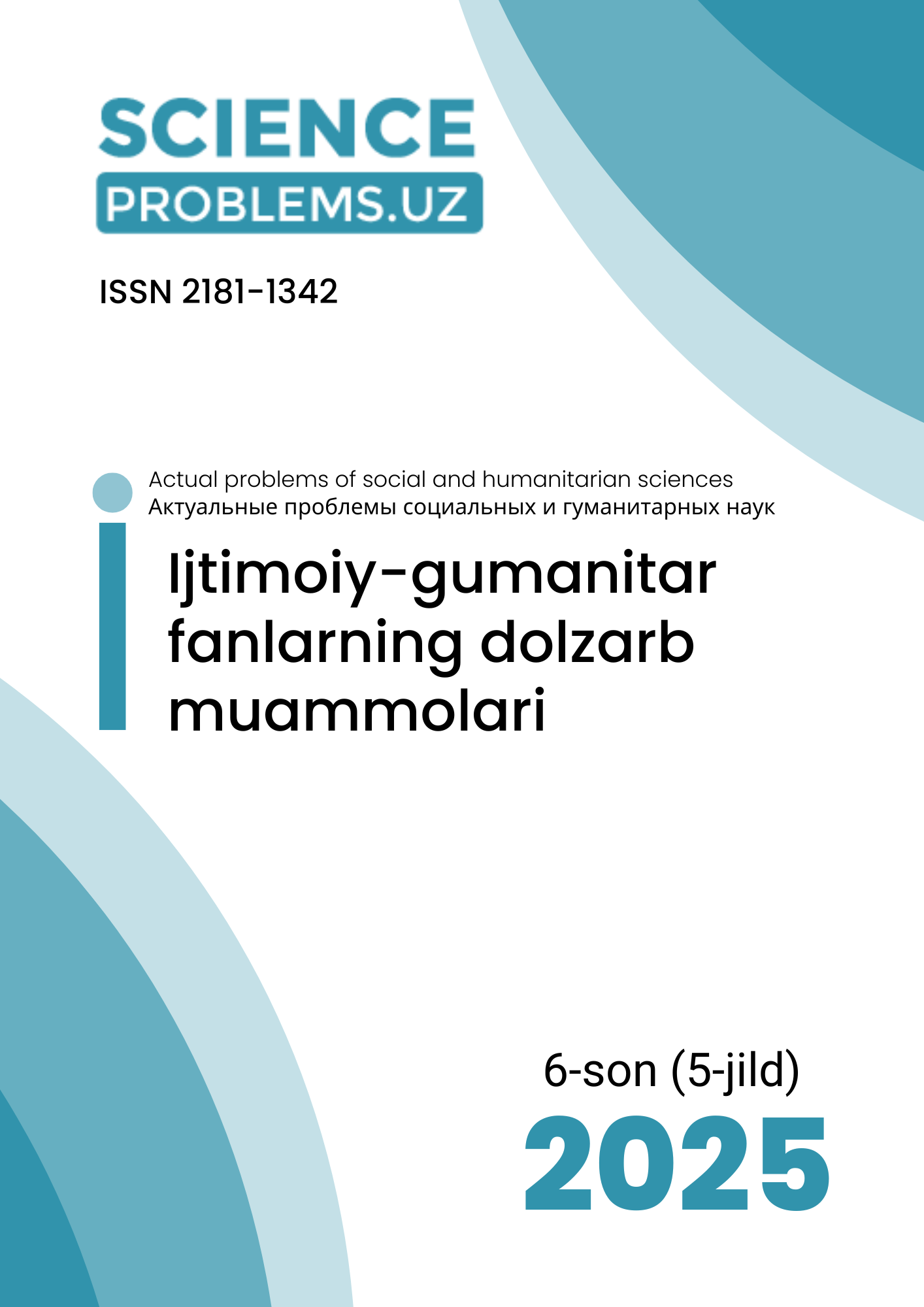COMPLEXITY OF CULTURE-SPECIFIC UNITS AND SEMANTIC AMBIGUITIES IN TRANSLATION
DOI:
https://doi.org/10.47390/SPR1342V5I6Y2025N56Keywords:
semantic challenges, interlingual, intralingual ambiguity, culture-specific item (CSI), transference, naturalization, functional equivalent.Abstract
Translation is a multifaceted process that goes beyond a simple exchange of words between languages. Among its most intricate challenges are the semantic disparities that arise from culture-specific items (CSIs), whose meanings are deeply rooted in the source culture. These items present a significant barrier for translators, who must bridge the cultural and linguistic gaps between the source and target languages. This study explores the complexities of translating CSIs, focusing on the strategies employed to overcome the challenges posed by cultural differences, connotative meanings, and the lack of direct equivalents. Furthermore, the paper addresses the issue of lexical ambiguity, examining how polysemy and homonymy impact translation decisions. By analyzing theoretical models and practical approaches, this research aims to provide insight into the cognitive and cultural factors that influence semantic interpretation in translation. Through an exploration of translation theories such as dynamic equivalence and Skopos theory, this paper underscores the importance of understanding both the linguistic and cultural dimensions of meaning to ensure an accurate and contextually appropriate translation. Ultimately, the study seeks to contribute to a deeper understanding of how translators navigate the complexities of language and culture, ensuring that meaning is preserved while adapting to the communicative needs of the target audience.
References
1. Abdelaal, N., & Abdelaal, N. (2020). Lexical and Semantic Problems in Translation. Translation between English and Arabic: A Textbook for Translation Students and Educators, 95-120.
2. Aixela, J. F. (1996). Culture-specific items in translation. In R. Alvarez & M. Carmen-Africa Vidal (Eds.), Translation, power, subversion (pp. 52–78). Multilingual Matters.
3. Baker, M. (1992). In other words: A coursebook on translation. Routledge.
4. Blažytė, D., & Liubinienė, V. (2016). Culture-specific items (CSI) and their translation strategies in Martin Lindstrom’s Brand Sense. Studies about languages, (29), 42-57.
5. Daghoughi, S., & Hashemian, M. (2016). Analysis of Culture-Specific Items and Translation Strategies Applied in Translating Jalal Al-Ahmad's" By the Pen". English language teaching, 9(4), 171-185.
6. Eco, U. (2011). Confessions of a young novelist. Harvard University Press.
7. Gudavičius, A. (2009). Translation of culture-bound terms: Some theoretical and practical aspects. Kalbotyra, 61(3), 93–100.
8. Leech, G. (1974). Semantics. Penguin Books.
9. Newmark P. A textbook of translation. – 2003.
10. Ochilov Ergash. Tarjima nazariyasi va amaliyoti (o’quv qo’llanma).-T.,2012.4b
11. Radzievska, O. V. (2020). The Lexical and Semantic Problems of Translation and the Ways of Their Solving. НАУКОВИЙ ВІСНИК МІЖНАРОДНОГО ГУМАНІТАРНОГО УНІВЕРСИТЕТУ, 119.
12. Resmiyati, R. (2020, November 5). The distinction between polysemy and homonymy on lexical ambiguity.
13. Translation Theory and Practice. Compiled by Dr. Farida Repelita Waty Kembaren, M.Hum
14. Yule, G. (1985). The study of language. Cambridge University Press.
15. Zoya Proshina.Theory of translation (English and Russian).Vladivostok Far Eastern University Press 2008.








